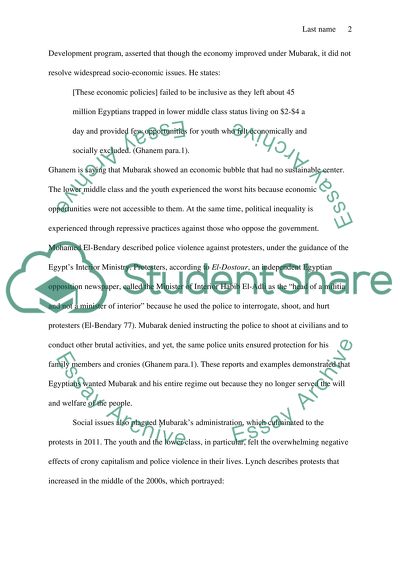Cite this document
(“Egypt: Before and After the Revolution Research Paper”, n.d.)
Retrieved from https://studentshare.org/history/1496697-egypt-before-and-after-the-revolution
Retrieved from https://studentshare.org/history/1496697-egypt-before-and-after-the-revolution
(Egypt: Before and After the Revolution Research Paper)
https://studentshare.org/history/1496697-egypt-before-and-after-the-revolution.
https://studentshare.org/history/1496697-egypt-before-and-after-the-revolution.
“Egypt: Before and After the Revolution Research Paper”, n.d. https://studentshare.org/history/1496697-egypt-before-and-after-the-revolution.


